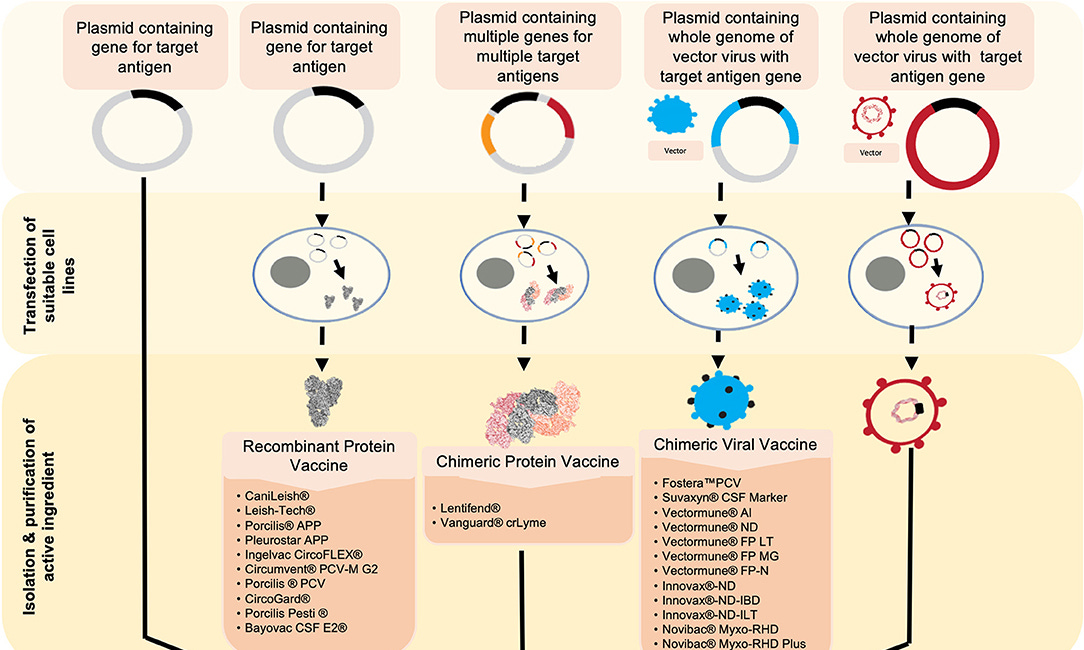This is Part 2 of this series, and I am planning to write Part 3 in a couple of weeks. Part 1 can be found here:
Genetic Vaccines in Animals/Food Supply, Part 1 - Merck Sequivity
·
Vaccines based on synthetic nucleic acid materials (DNA/RNA) are already widely used in animals, most of them either recombinant protein or viral vector based products. Review (Frontiers) of 6 types of animal vaccines containing nucleic acid materials. Notice that all these types start from plasmid DNA either as raw material or the only manufacturing ste…
Addressing questions from readers:
I received a lot of good feedback from Part 1 of this article. …
Keep reading with a 7-day free trial
Subscribe to Due Diligence and Art to keep reading this post and get 7 days of free access to the full post archives.




